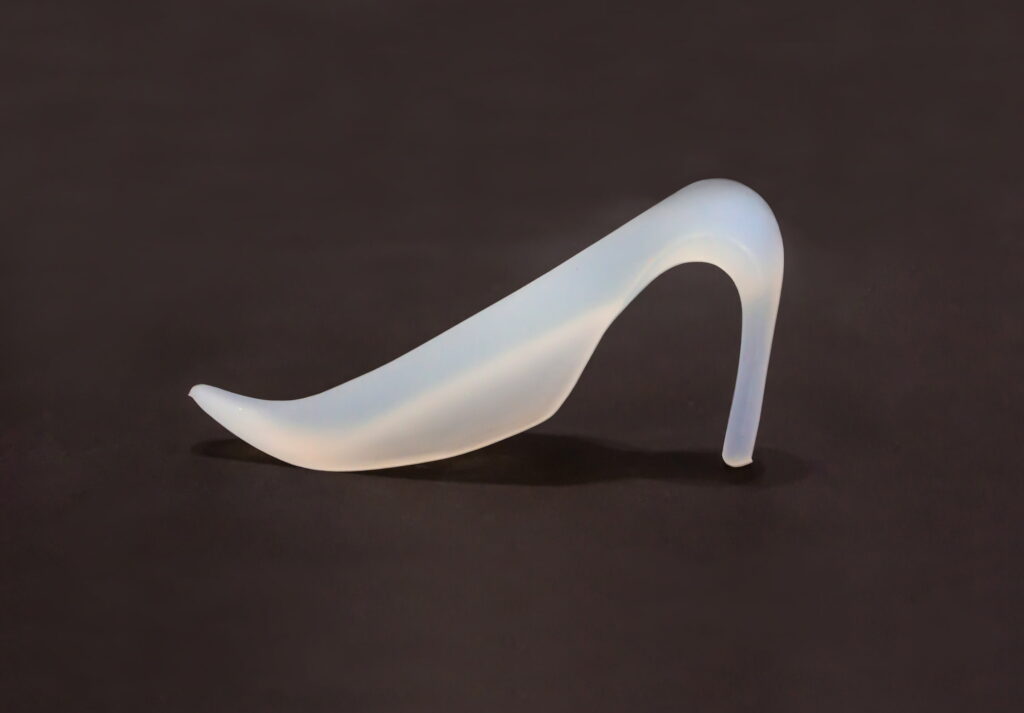Most of the time, when we think about nose jobs, we think about ways to make them smaller. The usual combination is to remove the hump on the top of the nose, smooth out the profile, and make the tip smaller and more refined. In sum, this procedure involves removing bits of bone, cartilage, and sometimes other soft tissue, in order to get the desired shape. Sometimes, a droopy tip is rotated up to create more definition and raise the profile as well. But this approach is not effective across the board.
For most patients who are of Caucasian descent, cosmetic rhinoplasty usually involves this form of “reduction” rhinoplasty. For many patients who are of African or Asian descent (and other groups), cosmetic rhinoplasty may actually be augmentative. While many of these patients similarly request a change to their profile, and a “smaller” nose result, the way to that point can actually be completely opposite to the traditional approach.
For many of these patients, the nasal skeleton is completely different. The bones and cartilages sit flatter, even if not wider, to the face. Because there is less of a peak to them, it can appear as if the nose if globally too wide. But often, the width of the nose is well proportioned; and it is an esthetic illusion of width created by the lack of a central peak.
In this same population, the nasal tip can also appear low because of lack of definition, and too much roundness. In these cases, sometimes a cartilage graft can help support the tip. In other instances, that is not enough to create the desired shape.
While reduction rhinoplasties only involve removing tissue, augmentation rhinoplasties require adding material. This can be done with cartilage taken from other areas (including the nose itself) or with implants. Nasal implants are very common, and come in a wide variety of shapes and sizes. They can also often be tailored even further for an exact fit and contour. But, as with any implant, they have their own possible complications; and experience is necessary to get the best outcome.
For any given patient, it is important to recognize what type of rhinoplasty is required. Every face needs a different nose, and every nose needs a different surgery. Understanding the underlying skeleton and cartilage, as well as how the skin and soft tissue is likely to respond to the procedure, are key to achieving your rhinoplasty goals.


